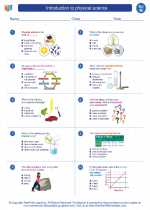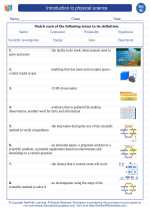Factors Affecting Rolling Friction
- Surface Roughness: The roughness of the surface over which the object is rolling affects the amount of rolling friction. Smoother surfaces generally result in lower rolling friction.
- Weight of the Object: Heavier objects tend to experience greater rolling friction compared to lighter objects. The weight of the object influences the amount of deformation of the surface and the amount of energy dissipated as heat.
- Wheel or Ball Material: The material from which the rolling object is made can impact rolling friction. Softer materials can deform more easily, resulting in higher rolling friction.
- Speed of Rolling: The speed at which the object rolls can also affect rolling friction. In general, as the speed increases, the rolling friction also increases.
Comparing Rolling Friction to Other Types of Friction
It's important to distinguish rolling friction from other types of friction, such as static and kinetic friction. Static friction occurs when an object is at rest and resists the force required to start it moving. Kinetic friction, on the other hand, is the force that opposes the movement of an object already in motion. Rolling friction, specifically, is related to the resistance encountered by a rolling object.
Applications and Examples of Rolling Friction
Rolling friction has significant implications in various real-world scenarios, including:
- Automobile Tires: The rolling friction between tires and the road surface affects the fuel efficiency and handling of a vehicle.
- Bearing Systems: Rolling friction is a critical consideration in the design and operation of bearing systems in machinery and equipment.
- Sports Equipment: The performance of sports balls, such as soccer balls and basketballs, is influenced by rolling friction.
Study Guide for Rolling Friction
To understand rolling friction thoroughly, consider the following study guide:
- Define rolling friction and distinguish it from static and kinetic friction.
- Identify the factors that influence rolling friction, including surface roughness, weight of the object, wheel or ball material, and speed of rolling.
- Explore real-world examples where rolling friction plays a significant role, such as in transportation, machinery, and sports equipment.
- Conduct experiments to measure and compare rolling friction for different objects and surfaces.
- Analyze the impact of rolling friction on the performance and efficiency of various systems and devices, and consider strategies for reducing rolling friction in practical applications.





